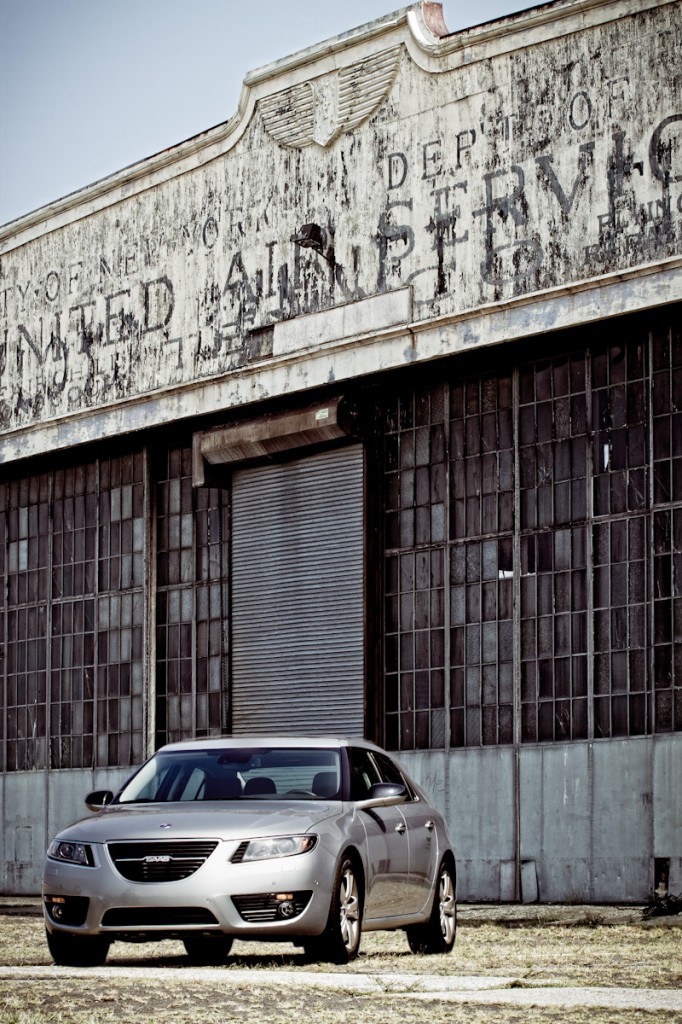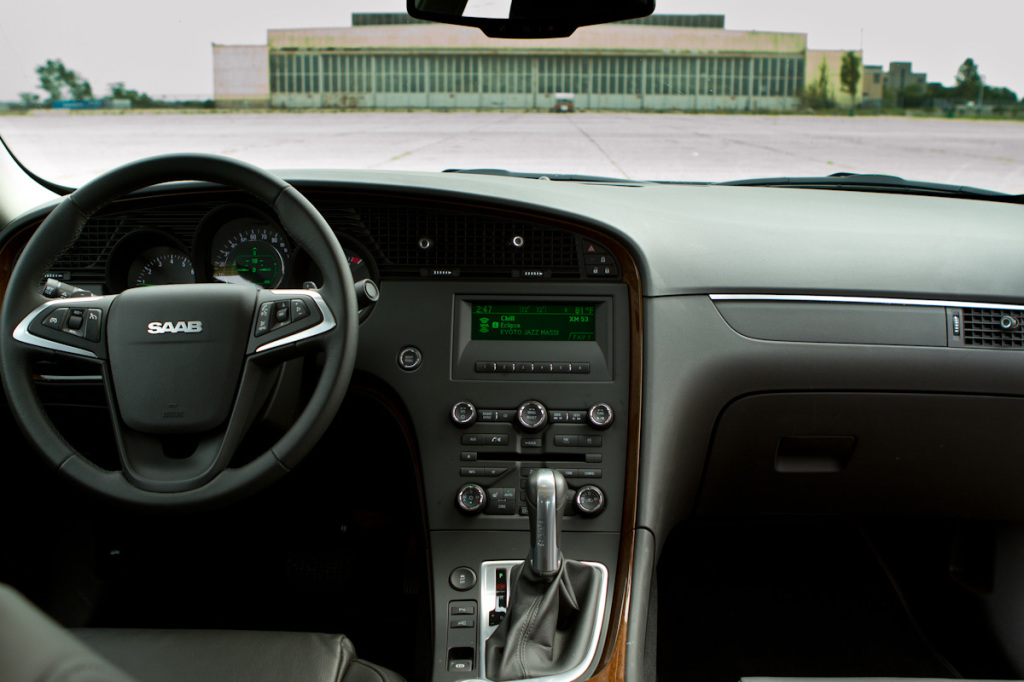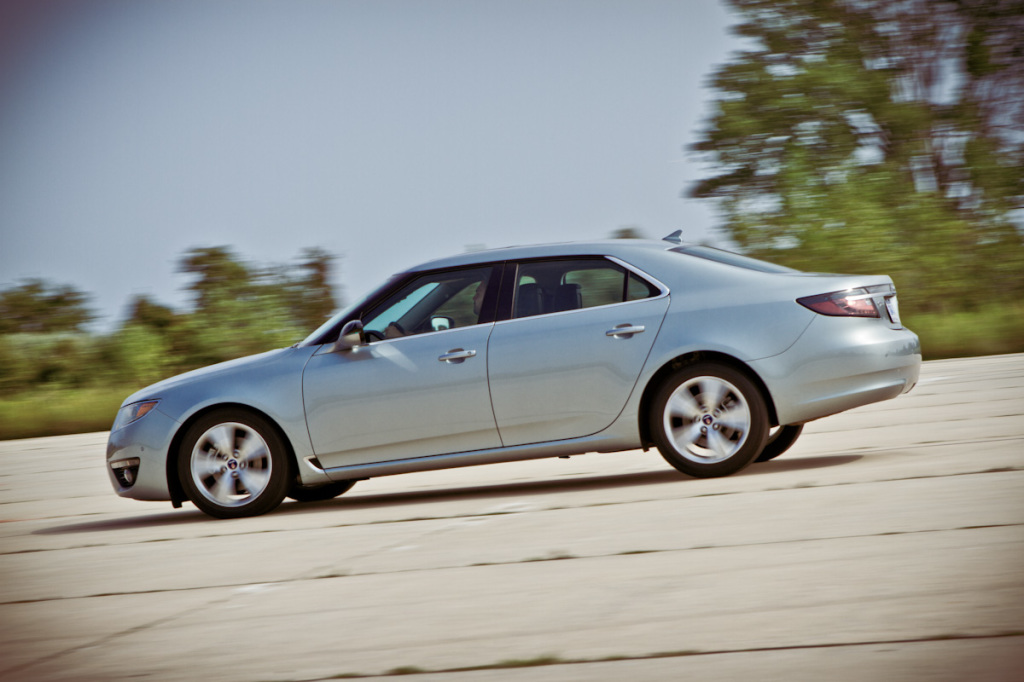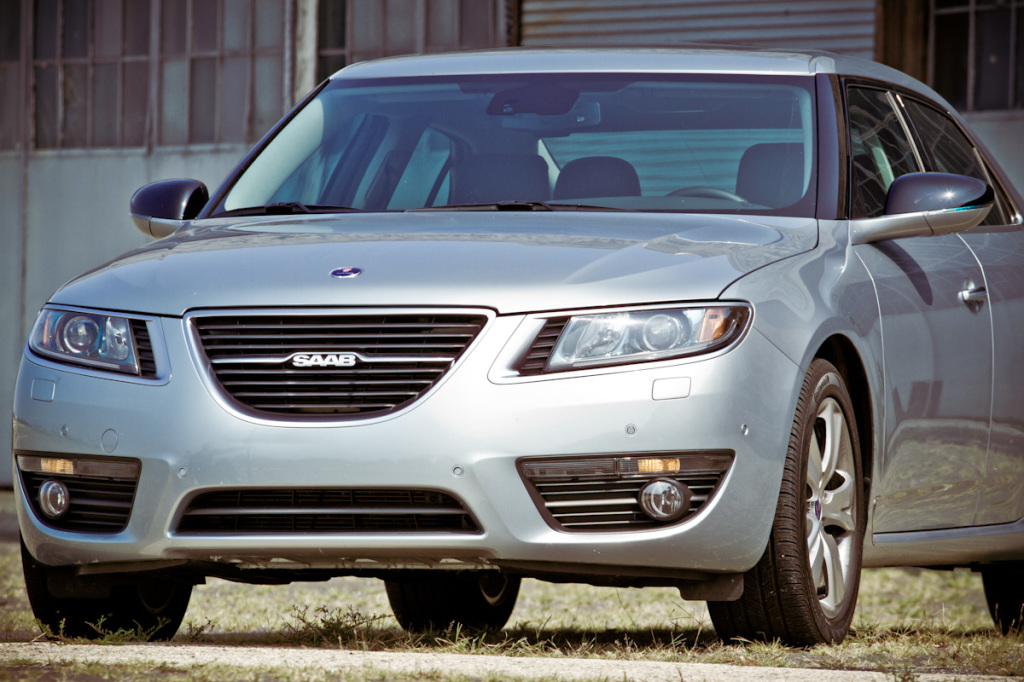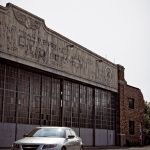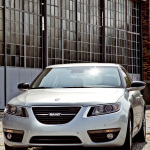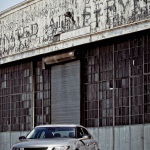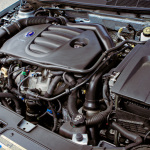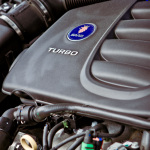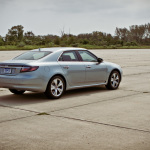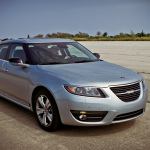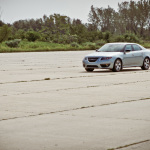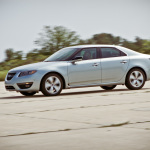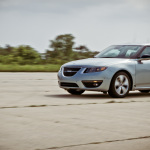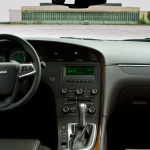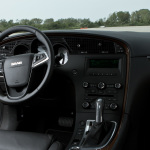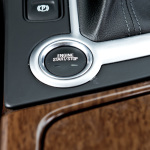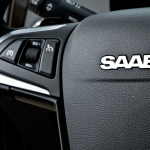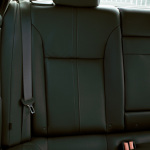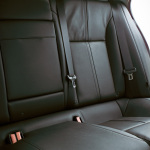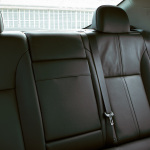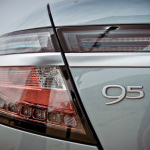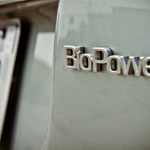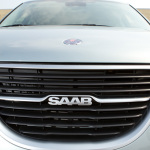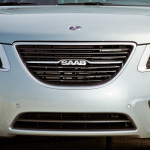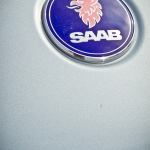Floyd Bennett Field holds credit as New York City’s first municipal airport. Since it’s opening in 1931, many notable figures have begun or ended a journey here to, inadvertently or not, leave their mark in history. Today, among the people fishing and R.C. car racers sending their toys up the runways, old hangars sit unused and abandoned, echoing a time of significant aviation progress. Sadly, it is a very fitting place to talk about the Saab 9-5 Turbo4.
The worrisome fact that stands is that Saab Automobile, at the time of this writing, is in dire straits. Each morning’s automotive news has another entry into the dramatic battle to keep the carmaker alive. Having avoided the fate of the other brands discontinued or sold last year by GM, Saab survived long enough to be bought by sports car manufacturer Spyker. This year, starts and stops of production, investments falling through, and bankruptcy protection have been the chapters of the ongoing story. Everyone is rooting for them, but each news article twists the knife deeper. If George R.R. Martin wrote about the automotive industry, Saab would be the Starks.
I’ve admittedly spent very little time amongst Saabs because despite their aeronautical design inspirations, it’s never struck me exciting or sexy. The 9-5’s features denote fiscal market analysis than jet fighter combat. Saab’s trademark design is present in the 9-5 such as the rounded front and cockpit-like windscreen. The rear of the car looks to have been extended just for the sake of accommodating the curved c-pillar design cue that’s come to be known as the “hockey stick.” While it looks like a natural evolution of their unique style, it feels as though the attachment to such features is holding them back, unwilling to innovate lest the design sheds the tiniest screed of Saab-ness. This perspective is not without merit: the fascination with the brand’s look is such that everything I just wrote could be read aloud by an enthusiastic Saab fan to argue for it in the positive.
The inside of the 9-5 feels spacious and comfortable, but a look at the dash broadcasts more of the desire to hold on to what works in the past. It’s an odd blend of contemporary design trying to pull jet fighter DNA through a narrow pipe made from the 1980’s. While the cheerful OnStar pre-recorded voice speaks to you, the driver stares at an anachronistic green on green LCD display on the dash and in the gauge cluster that charmingly displays the current speed as a plane’s altimeter. While spacious and comfortable, in both the front and the back, the layout of controls about the “cockpit” is scattershot. Some buttons feel like they were shoved in after the final approval of a layout sketch, but those buttons aren’t important anyway, I mean who needs to turn on hazard lights in a crisis or unlock doors with ease? Attempting to interface any of the settings (of which are few), is difficult as it’s not clear how to perform basic functions like selecting, scrolling and so forth. This is of course assuming you’ve found the buttons for such tasks.
“Buttons are a thing of the past” you say? Chipper-voice-command-lady loves to talk, but hates to listen. Example: Say I’ve finally paired my phone somehow. When doing so, you must give it a name by saying “my phone”, or “Alex.” I’ll then go through the arduous process of making a call via voice command. I ask it to call “Home” which is of course deciphered as “Melissa,” and while that’s very sweet on the part of the 9-5, it’s not the number I’m looking to call. Going back doesn’t ask you to try again, it kicks you out of the menu completely. I start over, saying the number out loud, which seems to be the only words that are clearly understood. The Saab makes a declaration that “this entire number that I just said” will be called on “Alex” or whatever utterance I made when pairing the phone. Heads up, guys, unless I’m Morgan Freeman, I don’t want to hear a crap recorded sample of my voice repeated to me every time I wish to make a call. The saving grace here was that it made for juvenile humor listening to the annoyance in the voices of previous test drivers whose settings remained in the menu. For that reason, I re-paired my phone as “Blaaaaaargh!!”
The Saab 9-5 was not endearing itself to me on the surface, but I was quickly warming to the actual performance. The 2.0 liter 4 cylinder turbo engine, despite substantial lag, gives the 9-5 220 hp that can genuinely be felt once the car gets going, giving the 9-5 the opportunity to shine on the highway. The Saab is also more nimble than it lets on, and rides smoothly in low and high speeds, finding a very satisfying balance of comfort and road sensitivity. The 9-5 again impresses in slow maneuvering with its incredibly tight turning radius.
Establishing that the Saab 9-5 drives exceptionally well, and the look, while objective, is at the very least unique and identifiable, things should be looking up for the success of the 9-5, but then this sharp stab to the heart: This car is quite nearly $45,000.
Ouch. Why so painful? Timing for one. Put yourself in the mind of someone who might be shopping for a car like the 9-5, specifically a stylish 4-door sedan with a 4 cylinder turbo engine. Immediately, my thoughts wandered to two vehicles we’ve tested in the past, the Kia Optima and the Hyundai Sonata. Both match the criteria and neither breaks the $30k line. Styling? The Sonata and Optima have been getting high marks on looks, particularly the Kia. Performance? All in the 200 hp range and the Kia again trumps with 54 more horses. I’d concede that the Saab 9-5 has superior handling out of the three by far, but $45,000? Heck, let’s trim the fat and make it $40,000, and now I’m looking at a bracket occupied by the BMW 3-series, a non-turbo V6 which nullifies the 9-5’s handling advantage.
Perhaps this car will save me money on fuel, after all, it is e85 capable. Indeed, the gauges can display a meter of how much this will boost my performance, so I’ll buy cheaper fuel and perform better? Spectacular. Turns out in practice that performance-wise, there is hardly a noticeable difference, especially for the way the target market would drive a car such as this. I noticed as well that my fuel consumption dithered from 21 mpg to 16.
Despite the odds stacked against the Saab 9-5, as well as the manufacturer as a whole, I want to fan the tiny flame of hope that remains. No one wants to see a manufacturer fade away, romantically for a brand with such a long history and practically for the livelihood of people who rely on it. If Saab turns this valiant fight for survival into a success, I reckon that they will take a good look back from their vantage point and see just what led to their predicament. I hope they then look at the 9-5 with the same scrutiny.
Words By – Alex Kalogiannis
Photos By – Jon Rouzier


